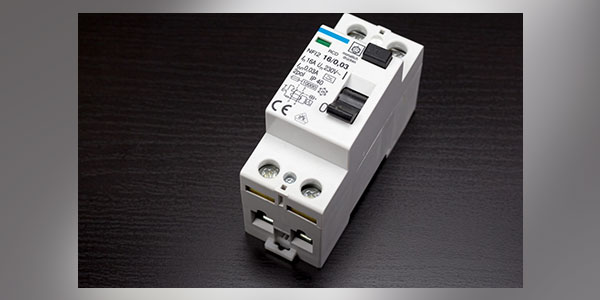 by: Luis Ramirez, Chief Operations Officer at Dialight
by: Luis Ramirez, Chief Operations Officer at Dialight
Did you know that a single conventional high-pressure sodium (HPS) light bulb contains enough toxic mercury to poison an entire classroom of children?[1] Or, that HPS lamps emit high levels of harmful UV radiation?[2]
With millions of these bulbs installed in hundreds of thousands of industrial facilities in the U.S.[3], that means the risk of exposure to mercury and UV radiation could be significant for untold numbers of American workers.
With more than 90% of U.S. industrial facilities relying on antiquated lighting[4], there is tremendous potential to reduce the risk of exposure by simply switching to safer, more efficient and maintenance-free LED industrial lighting. How does switching to LED reduce the risk?
- LED fixtures are more durable. HPS bulbs are prone to breaking with minimal impact or even explosion under high heat conditions. A single bulb contains 10-50 milligrams of mercury, which is released into the air immediately upon breakage, exposing nearby workers to the hazardous toxin. LED fixtures are much more durable, with no delicate bulb to break and no mercury content.
- LED fixtures require less maintenance. HPS bulbs can easily break during change out or disposal and require special hazmat disposal procedures. By switching to LED fixtures, companies can reduce maintenance demand and eliminate handling of potentially dangerous HPS bulbs.
- LED fixtures dramatically reduce UV exposure. HPS bulbs must be shielded to reduce UV exposure, and these shields are easily cracked or broken, exposing workers without their knowledge. But, because LEDs emit an extremely low, negligible level of UV radiation, switching to LED fixtures protects workers from excess exposure.
Eliminating mercury and UV exposure is just one way that upgrading to industrial LED lighting fixtures provides a much safer environment for workers. Combined with improved visibility, reduced energy consumption and lower cost of maintenance, industrial LEDs are a worthwhile investment to safeguard people and profitability.
[1] U.S. Dept. of Labor, Occupational Safety and Health Administration 29 CFR 1910.1000, Table Z-2; ECG analysis
[2] Safety+Health, “Hazards of high-intensity discharge lights”
[3] U.S. Dept. of Energy, Lighting Market Characterization, Tables 4-1, 4-22
[4] U.S. Dept. of Energy, “Energy Savings Forecast”, p. 18


